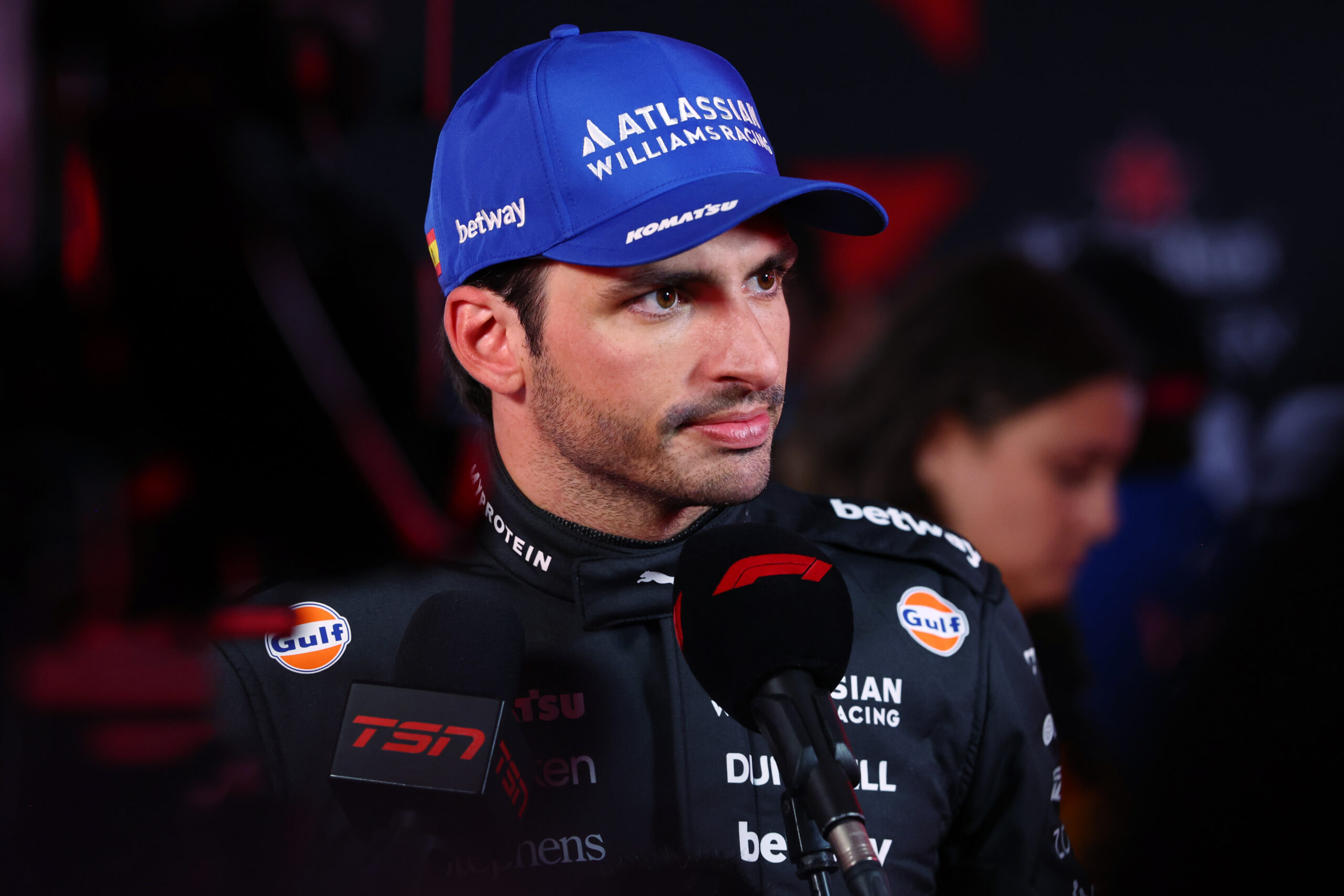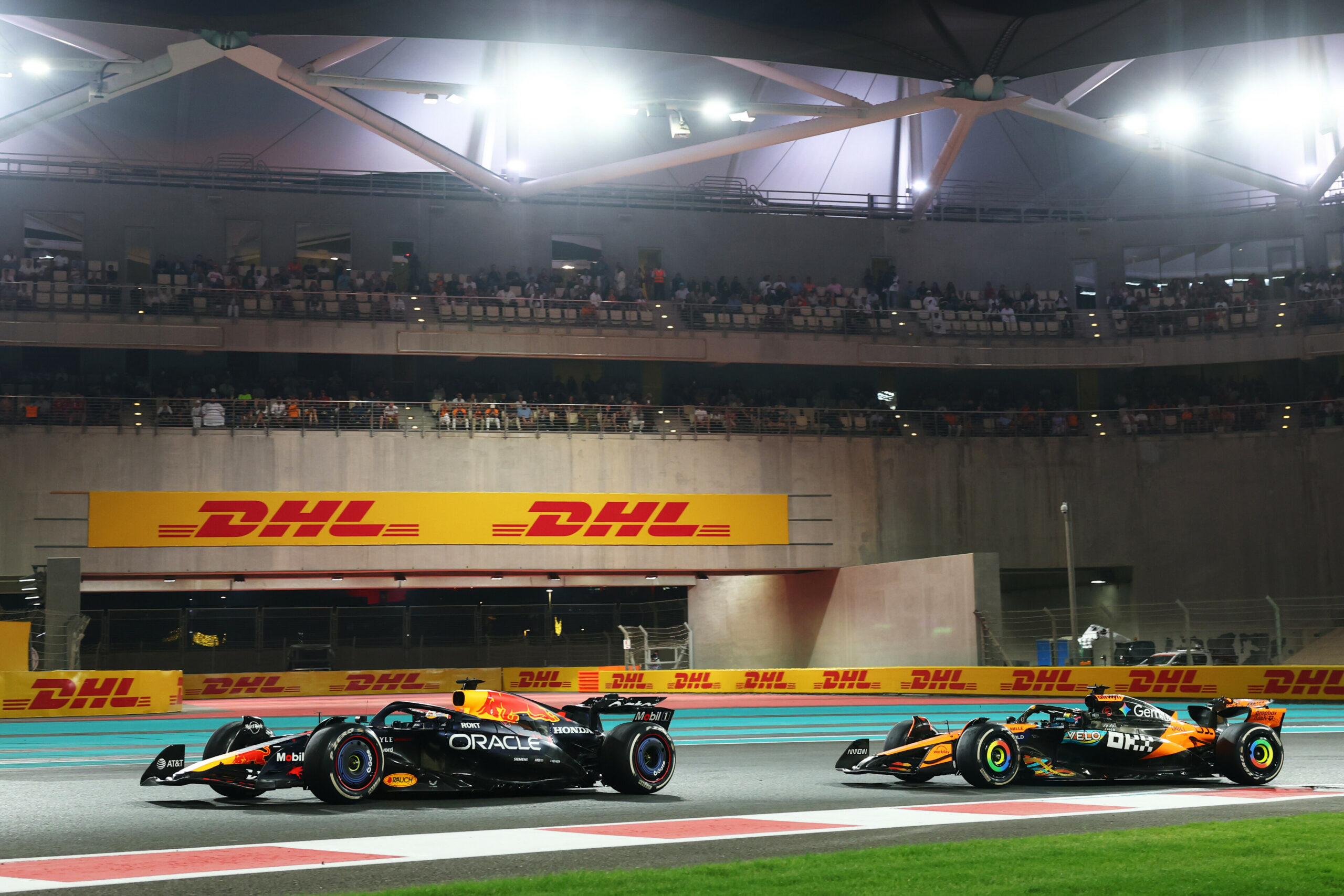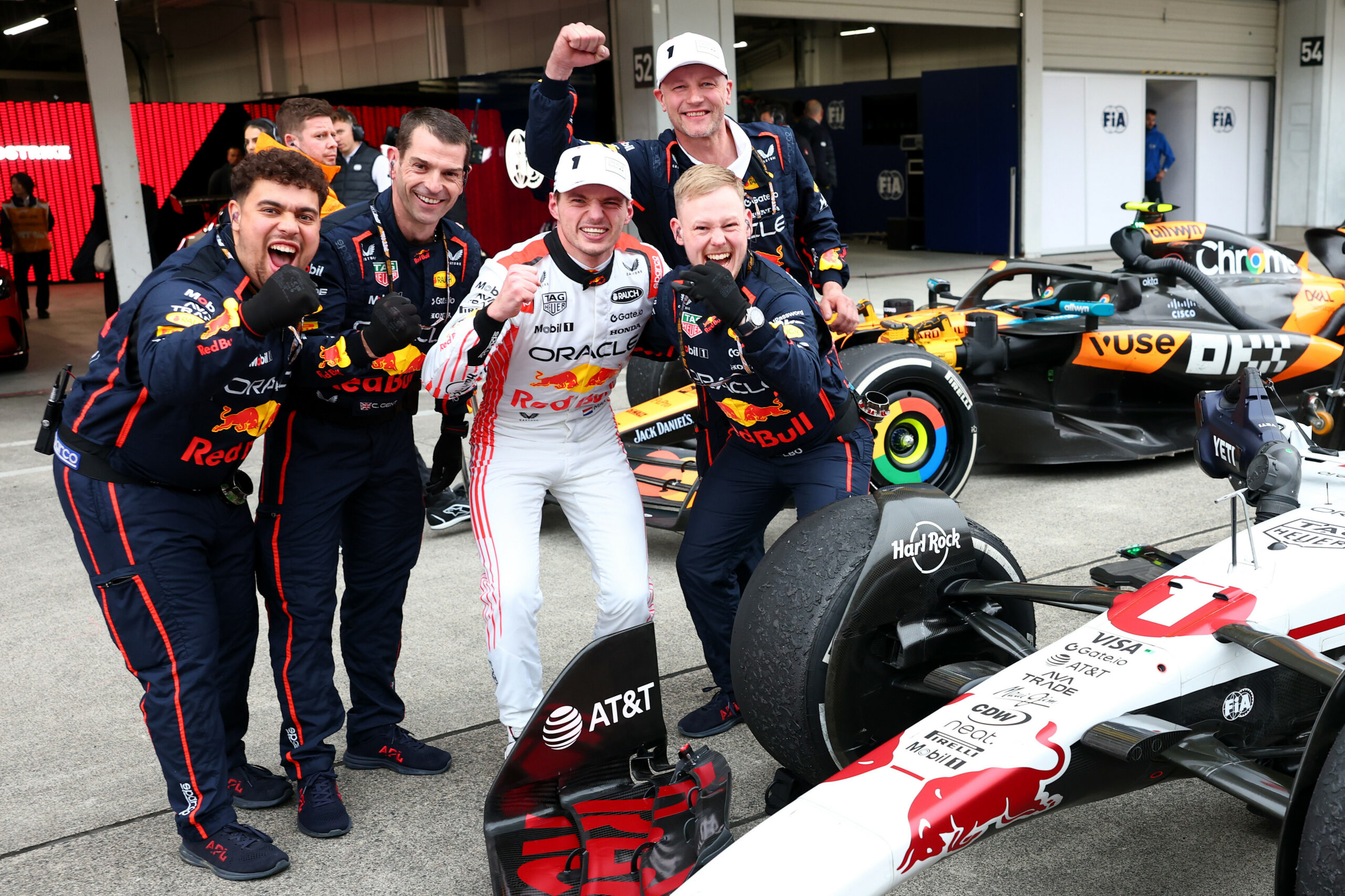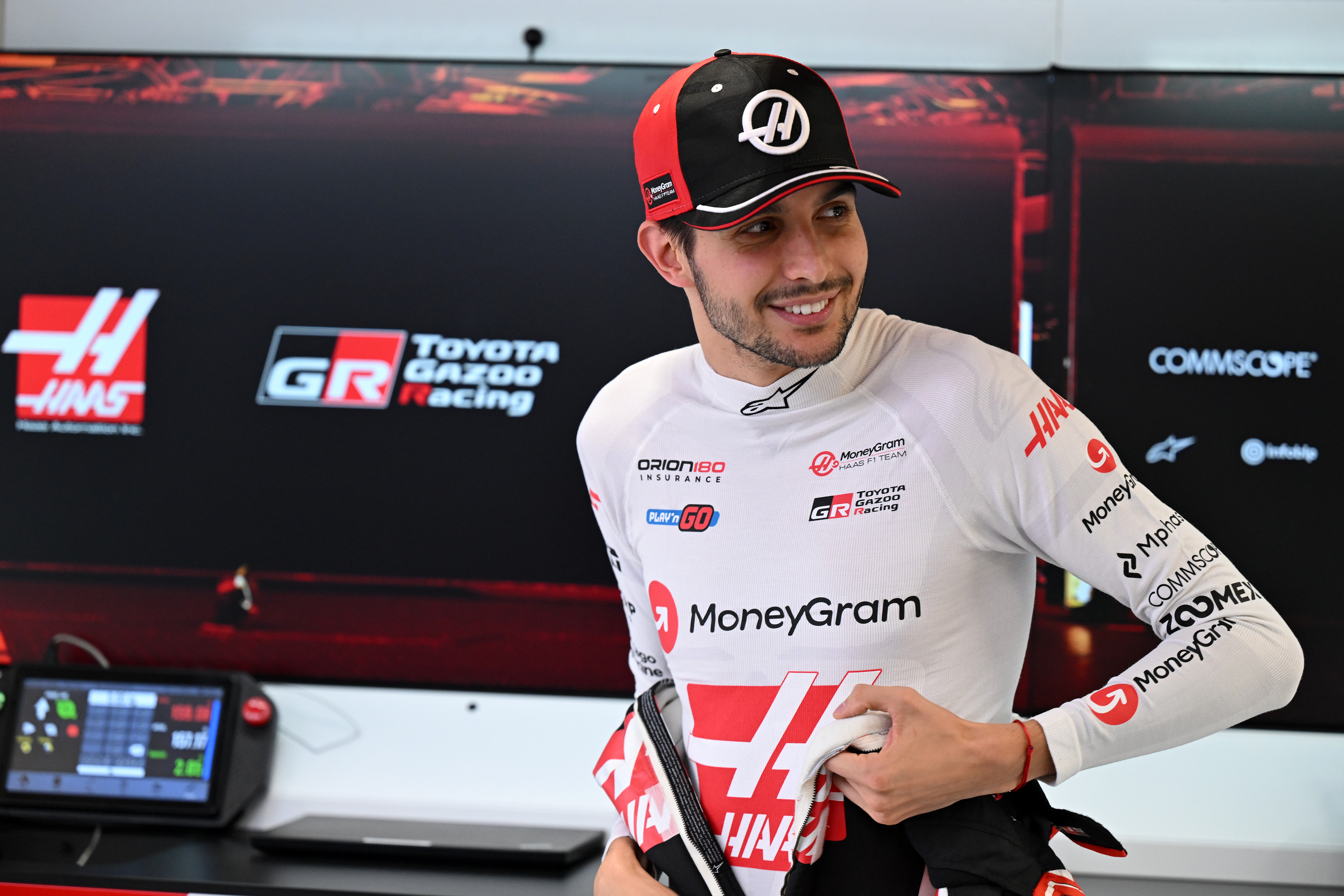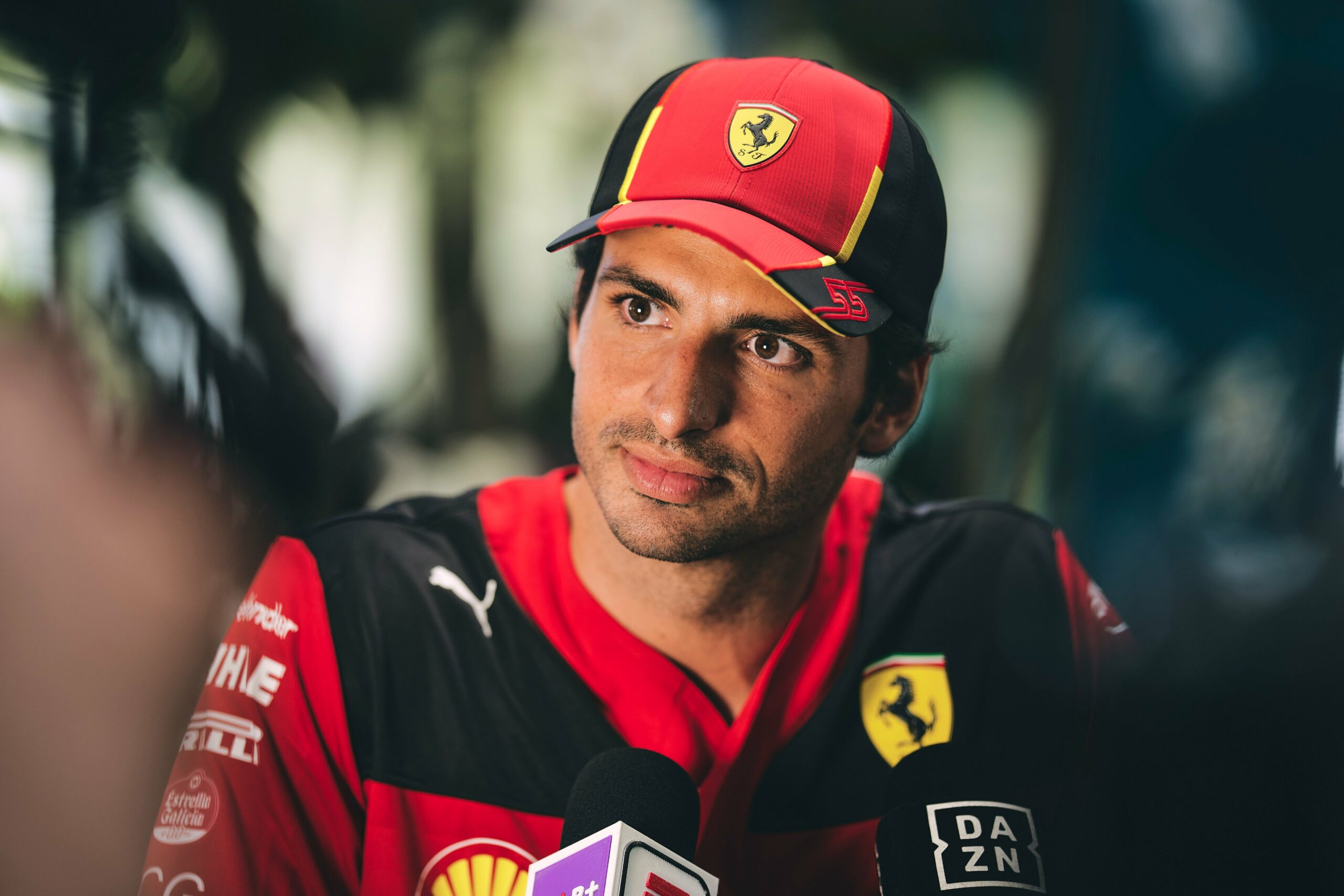
Last year started with some very interesting races, courtesy of the new regulations that focussed more on ground effect, rather than wings, for the generation of downforce, thus reducing the dirty air. This year? Not so much.
After an especially boring Azerbaijan Grand Prix it became clear that the evolution of the technical regulations (raising the floor edges) have been detrimental for the ability of cars to follow. Carlos Sainz confirmed this from a drivers perspective when talking to the media ahead of the Miami Grand Prix this weekend.
“As the races have gone by with this generation of cars, it’s getting quite bad to follow again.
“I don’t know how long this raceability from this new generation of cars is going to last because they are currently getting more and more tricky to follow, and on top of that they [the FIA] are reducing the DRS zones.”
The Spaniard feels that the raceability was promising last year, but that this promised has not continued to materialise in the current season.
“In the short-term it delivered. The cars were a lot better to race.
“But now it’s getting to a point that they’re starting to become worse again, and also there’s not a lot of slipstream effect.
“So it’s a combination of not a lot of slipstream – the other generation of cars was producing a lot of slipstream – and to follow now it’s becoming quite tricky.”
With the lack of slipstream being a by-product of the reduced dirty air, it doesn’t help that the DRS-zones are being shortened by the FIA. Last weekend in Baku the DRS-zone on the main straight was shortened by 100 metres, and this weekend in Miami both DRS-zones are reduced by 75 metres each. And the reception of this decision has been mixed, depending on whether you have a good DRS or only barely feeling the benefit.
“It’s difficult for the drivers because we know there are cars with more DRS than others.
“If you go driver by driver, team by team, one team will say more DRS, others less. I think we are all a bit biased.
“But if I were to forget about which team I drive for and I just looked at the benefit of F1, and how difficult it is starting to become to follow, at least I wouldn’t shorten them, I would leave them as they are.”
An additional factor is the Pirelli tyres not coping too well with the increased dirty air, leading to overheating, and thus reduced grip.
“The surface especially is overheating. As soon as you are behind a car and you lose a bit of traction, a bit of braking grip, the tyres start slipping.
“At the next corner, it means you have less grip, and you’re only able to follow for one or two laps, and then you have to back off.”


